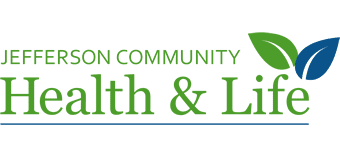JCH&L Celebrates Occupational Therapy Month
Cassidy Bentley MOT, OTR/L, is the occupational therapist at JCH&L Sports Medicine & Rehab Services. During April, we celebrate Occupational Therapy Month and thank her for her contributions to the health and wellness of our patients.
What is occupational therapy? Occupational therapy is the only profession that helps people across the lifespan to do the things they want and need to do through the therapeutic use of daily activities (also known as occupations). Occupational therapy practitioners enable people of all ages to live life to its fullest by helping them promote health, and prevent—or live better with—injury, illness, or disability.
Common occupational therapy interventions include helping children with disabilities to participate fully in school and social situations, helping people recovering from injury to regain skills, and providing supports for older adults experiencing physical and cognitive changes.
Occupational therapy services typically include:
- an individualized evaluation, during which the client/family and occupational therapist determine the person’s goals,
- customized intervention to improve the person’s ability to perform daily activities and reach the goals, and
- an outcomes evaluation to ensure that the goals are being met and/or make changes to the intervention plan.
Occupational therapy practitioners have a holistic perspective, in which the focus is on adapting the environment and/or task to fit the person, and the person is an integral part of the therapy team. It is an evidence-based practice deeply rooted in science.
Bentley is a Bruning native and has been on staff at JCH&L Sports Medicine & Rehab Services since October 2019. She graduated with her bachelor’s degree in exercise science and a minor in health science from the University of Nebraska-Kearney in 2017. She graduated with her Master’s degree in Occupational Therapy from Nebraska Methodist College in 2019. She is certified in women’s health, and especially enjoys working with hands (fractures, tendon repairs, etc.); neurological concerns (such as strokes, traumatic brain injury, etc.); and inpatients to help them restore activity tolerance so they can get back to participating in their everyday lives.




